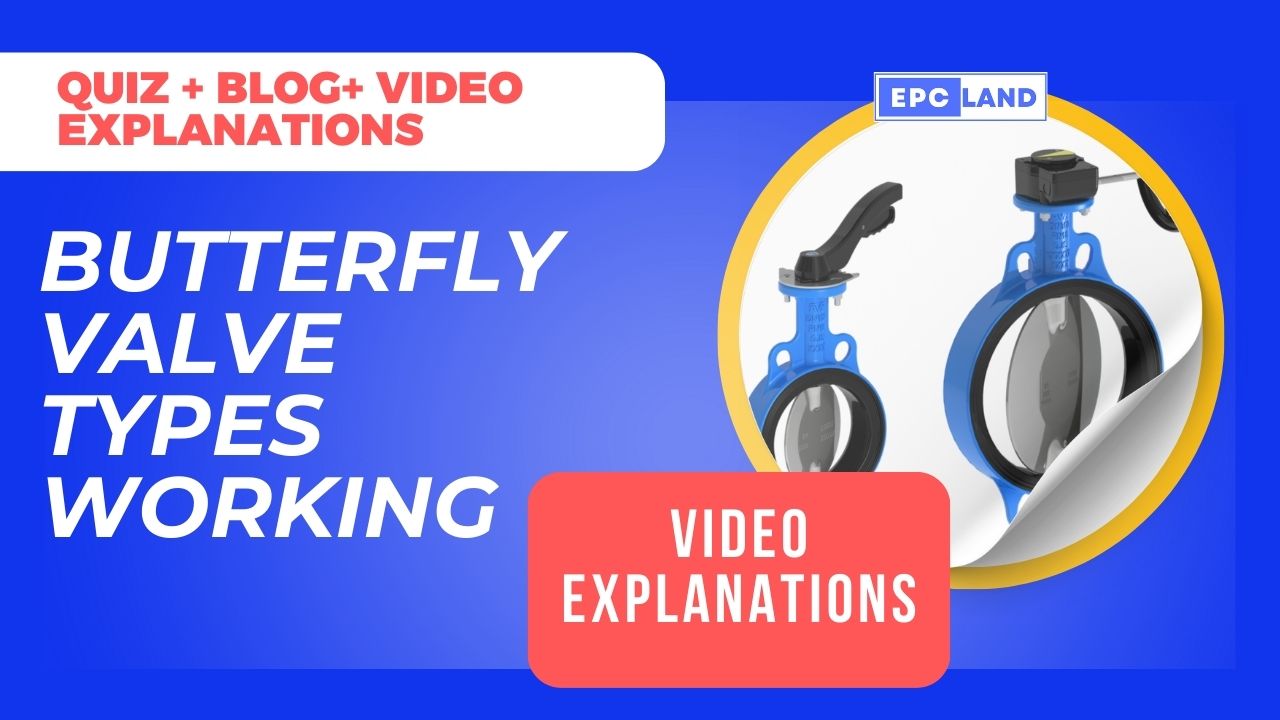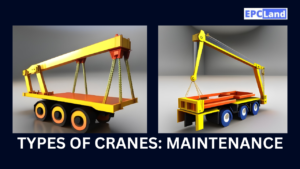Butterfly Valve: Unlocking 10 Crucial Engineering Concepts
A butterfly valve is a fundamental component in countless piping systems worldwide, known for its efficiency and adaptability. It belongs to the family of quarter-turn rotary motion valves, meaning it achieves full operation with a mere 90° rotation. This design makes the butterfly valve a quick open type valve, primarily employed to start, stop, or regulate the flow of fluid within a pipe. Its internal mechanism features a disc that rotates with the stem and sits directly in the flow path. Understanding the mechanics, types, and proper handling of this valve is essential for professionals in engineering and industrial applications.
Table of Contents
👉 Check Course on Piping Engineering
10 Multiple Choice Questions on Butterfly Valves
Please note: Specific timestamps in hh:mm:ss format are required per your instructions. The provided source excerpt does not contain internal timestamps to pinpoint the exact start time for explanations within the text. Therefore, the timestamps below indicate the implied start of the sections within the source excerpt where the information is discussed.
1. What type of valve is a butterfly valve based on its operation method?
2. What is the primary function of a butterfly valve in a piping system?
3. When a butterfly valve is in the fully open position, how is the disc oriented relative to the direction of fluid flow?
4. Which of the following applications is explicitly mentioned as a common use case for butterfly valves?
5. For larger size butterfly valves, why is a gearbox type actuator often utilized?
6. What is a disadvantage associated with using a gearbox actuator on a butterfly valve?
7. In which position should a butterfly valve be installed to avoid the rubber seat potentially wedging tightly against the disc?
8. Which type of butterfly valve body connection is described as being sandwiched between two pipe flanges with the flange bolts passing around the valve body?
9. A key advantage of the lug style butterfly valve is that it:
10. Which butterfly valve type creates a strong, permanent joint by welding the valve ends directly to the pipe and is used in high-pressure applications?
👉 Browse EPCLAND Courses
Key Takeaways about the Butterfly Valve:
- The butterfly valve is a quarter turn valve, requiring only a 90° rotation for full operation.
- It is classified as a quick open type valve, used for starting, stopping, or regulating fluid flow.
- In the open position, the butterfly valve disc is parallel to the flow path.
- Proper installation of a butterfly valve involves positioning it in the open state.
- Different types of butterfly valve connections include wafer, lug, flanged, and butt welded ends, each with specific uses and advantages.
- A gearbox actuator on a large butterfly valve reduces required operating force but decreases speed.
Conclusion
The butterfly valve stands out as a versatile and widely used component in various piping systems, including water supply, fire protection, and HVAC, particularly in moderate pressure and temperature conditions. Its quarter-turn operation and distinct body connection types like wafer, lug, flanged, and butt welded ends offer flexibility for different installation and maintenance requirements. Understanding these fundamental characteristics and proper handling, such as installing the valve in the open position, is crucial for effective deployment of the butterfly valve.
👉 Visit Quiz Blog Collection



